Alexey Venetsianov (Алексей Гаврилович Венецианов) (1780-1847)
Get a Alexey Venetsianov (Алексей Гаврилович Венецианов) (1780-1847) Certificate of Authenticity for your painting (COA) for your Alexey Venetsianov (Алексей Гаврилович Венецианов) (1780-1847) drawing.
For all your Alexey Venetsianov (Алексей Гаврилович Венецианов) (1780-1847) artworks you need a Certificate of Authenticity (COA) in order to sell, to insure or to donate for a tax deduction.
Getting a Alexey Venetsianov (Алексей Гаврилович Венецианов) (1780-1847) Certificate of Authenticity (COA) is easy. Just send us photos and dimensions and tell us what you know about the origin or history of your Alexey Venetsianov (Алексей Гаврилович Венецианов) (1780-1847) painting or drawing.
If you want to sell your Alexey Venetsianov (Алексей Гаврилович Венецианов) (1780-1847) painting or drawing use our selling services. We offer Alexey Venetsianov (Алексей Гаврилович Венецианов) (1780-1847) selling help, selling advice, private treaty sales and full brokerage.
We have been authenticating Alexey Venetsianov (Алексей Гаврилович Венецианов) (1780-1847) and issuing certificates of authenticity since 2002. We are recognized Alexey Venetsianov (Алексей Гаврилович Венецианов) (1780-1847) experts and Alexey Venetsianov (Алексей Гаврилович Венецианов) (1780-1847) certified appraisers. We issue COAs and appraisals for all Alexey Venetsianov (Алексей Гаврилович Венецианов) (1780-1847) artworks.
Our Alexey Venetsianov (Алексей Гаврилович Венецианов) (1780-1847) paintings and drawings authentications are accepted and respected worldwide.
Each COA is backed by in-depth research and analysis authentication reports.
The Alexey Venetsianov (Алексей Гаврилович Венецианов) (1780-1847) certificates of authenticity we issue are based on solid, reliable and fully referenced art investigations, authentication research, analytical work and forensic studies.
We are available to examine your Alexey Venetsianov (Алексей Гаврилович Венецианов) (1780-1847) painting or drawing anywhere in the world.
You will generally receive your certificates of authenticity and authentication report within two weeks. Some complicated cases with difficult to research Alexey Venetsianov (Алексей Гаврилович Венецианов) (1780-1847) paintings or drawings take longer.
Our clients include Alexey Venetsianov (Алексей Гаврилович Венецианов) (1780-1847) collectors, investors, tax authorities, insurance adjusters, appraisers, valuers, auctioneers, Federal agencies and many law firms.
We perform Alexey Venetsianov art authentication, appraisal, certificates of authenticity (COA), analysis, research, scientific tests, full art authentications. We will help you sell your Alexey Venetsianov or we will sell it for you.
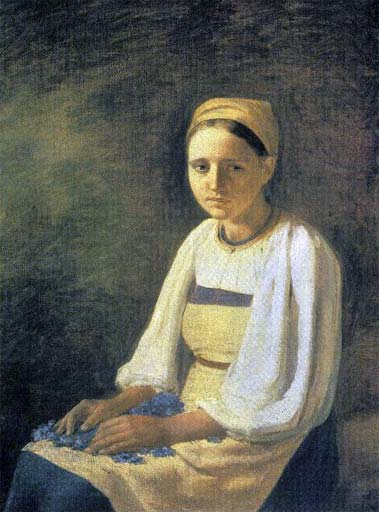
Alexey Venetsianov was a Russian painter, renown for his paintings devoted to the peasant life and ordinary people.
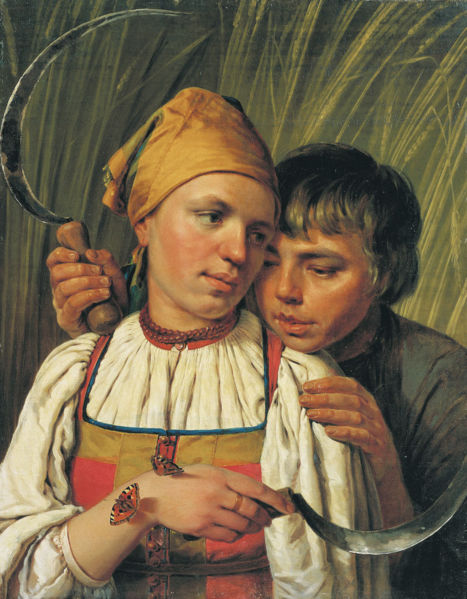
He was born to a merchant family of Greek descent in Moscow. He entered state service in early 1800s and was moved to St. Petersburg, where he began to study art. He first practiced with pictures of the Hermitage and portraits of friends. He later became acquaintances with Vladimir Borovikovsky and lived in his house as a disciple. He tried to work as a freelance portraitist, but had a little commissions. In 1811 the Board of the Academy of Arts awarded him the title of an Academician for his two works – Self-Portrait and Portrait of K. I. Golovachevsky and the Younger Pupils of the Academy.
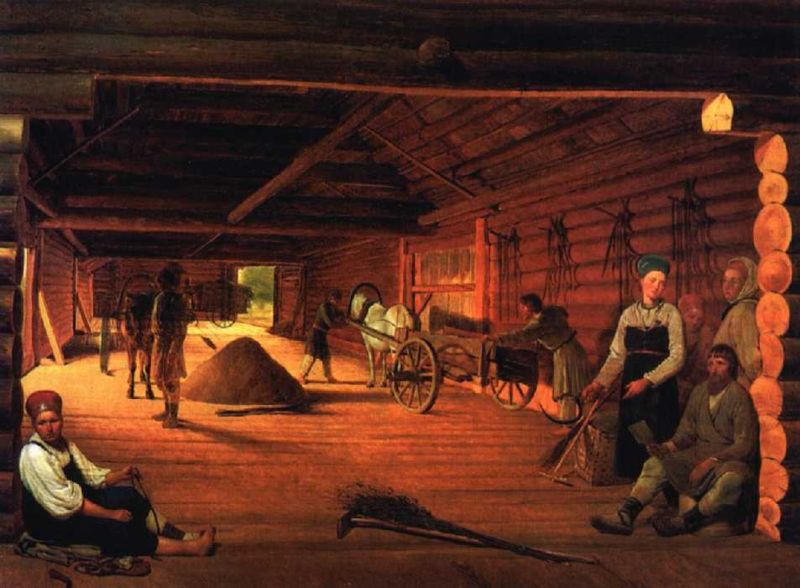
In 1819, devoting himself purely to art, Venetsianov left the service, bought a village of Safonkovo, and settled there. During this time he painted the nature around him. These works were of pinnacle importance in his career. He painted portraits of peasants, scenes of rural life. He was the first to depict peasants’ life in Russian art. His works were of great success at the exhibition of 1824, from which he received critical praise.
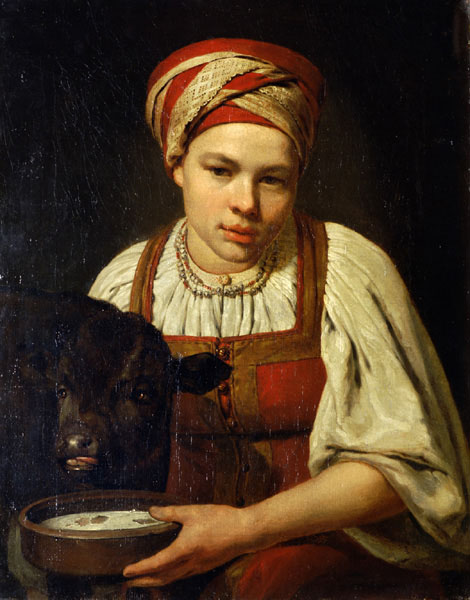
Venetsianov’s wish to become a professor in the Academy of Arts, but the academicians did not approve him mainly because he lacked academic training. At the end of 1810s he began to attract young people from commons with low means and even serfs to teach them painting. In the middle 1820s he had a group of disciples. Thus he started his own school of painting. Tsar Nicholas I, who liked to stimulate ‘national trends’, expressed his approval for the artist and appointed him a court painter. This title gave him a financial support, necessary for running the school, where tuition was practically free. Venetsianov died in an accident in 1847: his horses dashed off and the carriage fell down a steep slope.
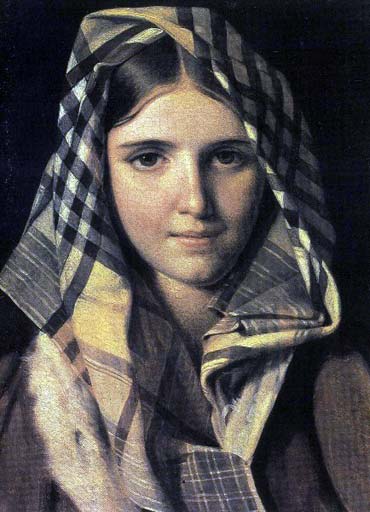
Reviews
1,217 global ratings
5 Star
4 Star
3 Star
2 Star
1 Star
Your evaluation is very important to us. Thank you.
